Older amplifiers often employed a volume pot that had a 4th "loudness" pin (which I take it varied with volume up until 40% give or take after which it was fixed).
Unfortunately, newer volume pots do not include this 4th pin, so I want to find a solution through which I can get a fixed loudness control (ie: on/off, without it varying with volume).
Problem is I don't really understand how this works. Does it need a fixed resistor to ground, or a fixed resistor from the input to the loudness circuit?
A piece of the schematic showing such a circuit. I've circled the volume pot and the loudness circuit. Having had another look it it now, it seems like the loudness part is a feedback circuit that takes some signal from the 4th pin and applies it back on the input signal (when switched on).
